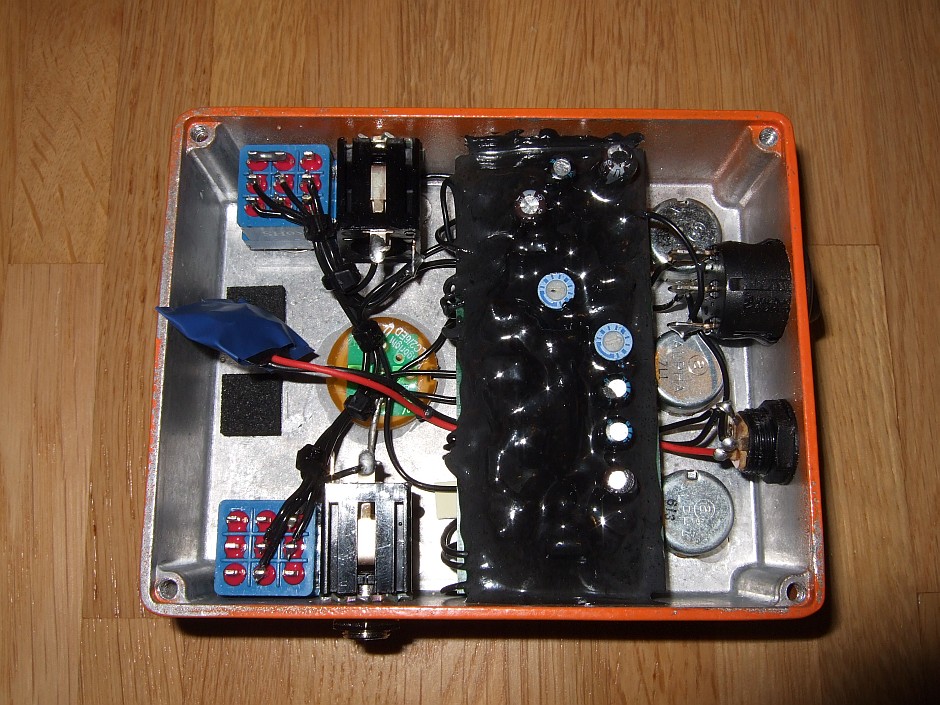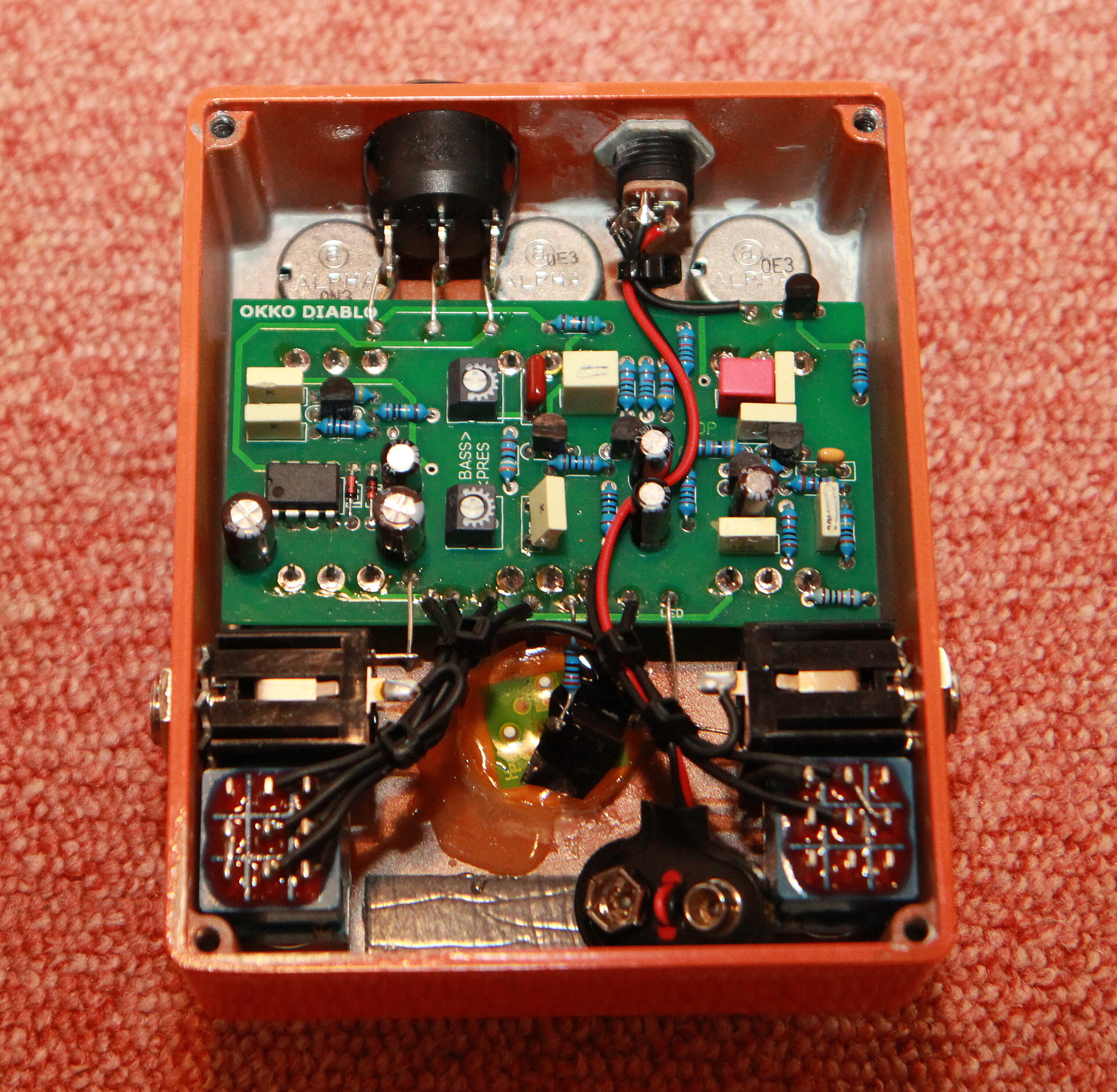Robert
Reverse Engineer
Musikding might have an outdated PCB... I don't have the layouts in front of me on this PC so I can't say if Rev 2 is the absolute newest revision.
Let me look into this and try to make sense out of it.
There has been a lot of debate on multiple forums about the orientation of that capacitor and it seems that oscillation has been an issue on other PCBs and vero layouts as well..... I might have no choice but to just buy one and trace it myself.
Let me look into this and try to make sense out of it.
There has been a lot of debate on multiple forums about the orientation of that capacitor and it seems that oscillation has been an issue on other PCBs and vero layouts as well..... I might have no choice but to just buy one and trace it myself.




